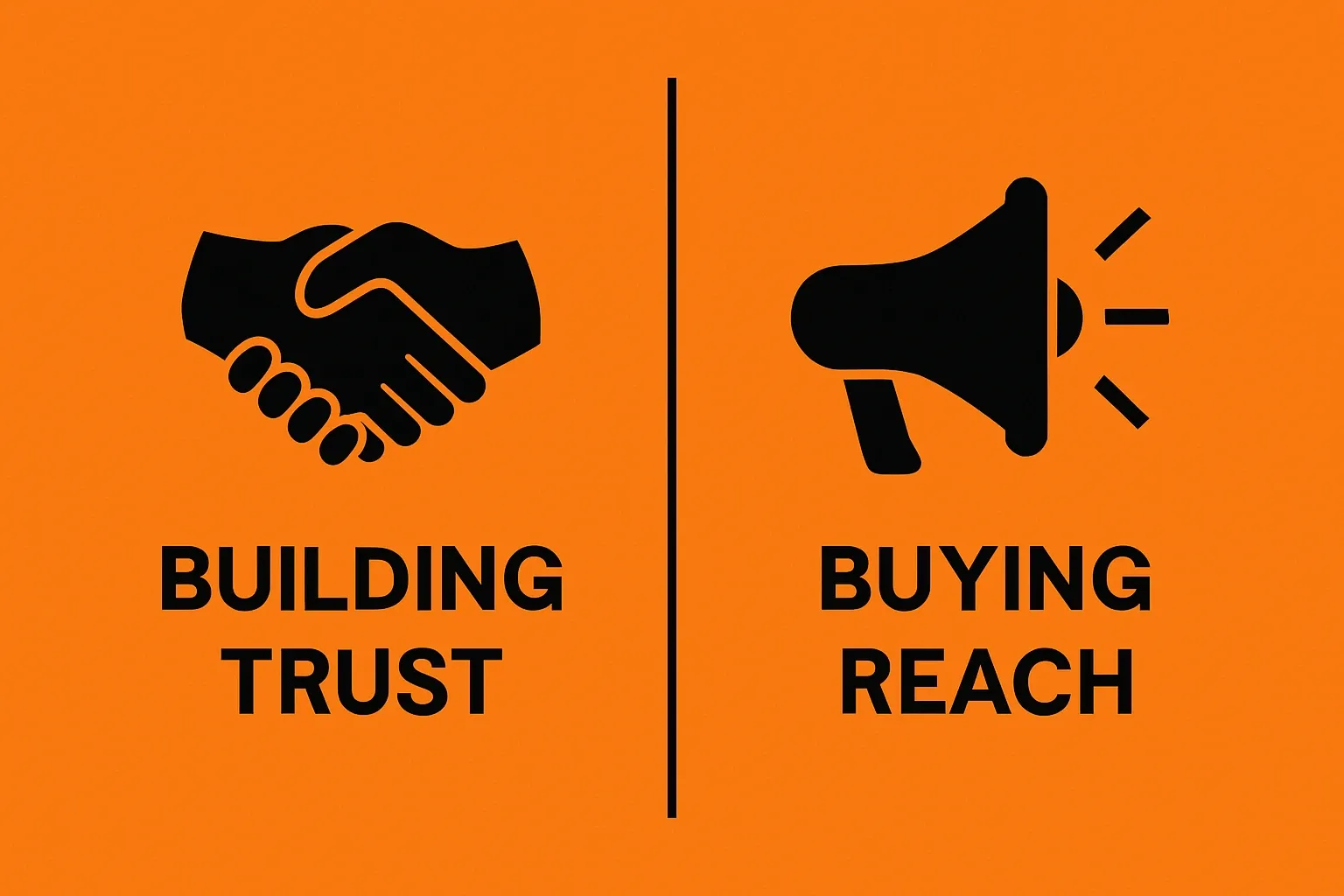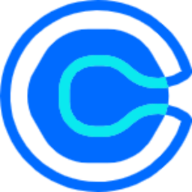Earned vs paid media: what early-stage marketers need to know
A clear guide on earned and paid media—and how lean content teams can use both to drive trust, reach, and long-term growth.

Most early-stage teams rely on ads to get attention fast. But visibility alone doesn’t build traction. There’s a difference between being seen and being trusted—and that’s where earned media comes in.
This guide breaks down what earned and paid media really mean, how they compare, and how lean teams can use both without wasting time or budget.
What is earned media
Earned media is when others talk about your brand without being paid or prompted directly. If your startup is featured in a tech newsletter, if a customer posts a LinkedIn thread about your product, or if an investor mentions you in a podcast—those are earned wins.
Say you’re launching a B2B payments app. After a solid funding press release, Fintech Today writes a short news piece on your traction. You didn’t pay for it. They found the story interesting. That’s earned media.
The value comes from credibility. Your message is coming from a third party. You tap into someone else’s audience. And high-quality coverage stays discoverable, builds SEO, and compounds over time.
What is paid media
Paid media is any exposure you spend money on. You control the copy, creative, and call-to-action.
For example, you might run a LinkedIn ad campaign targeting startup CFOs, promoting your product explainer. You set the budget, define the audience, and pause it once your budget runs out. That’s paid media—fast, direct, and measurable.
The value of paid media is speed. You get immediate traffic. You can target with precision. And it’s predictable. But once the budget stops, so does the exposure.
Earned vs paid: side-by-side

When comparing earned and paid media, the trade-offs are clear. Earned media is driven by third-party validation—it takes more time and effort, but the trust it builds lasts longer and carries more weight.
Paid media, on the other hand, gives you full control over messaging and speed, but its impact is short-lived and perceived with more skepticism. Paid reach is guaranteed if you have the budget, while earned reach depends on the story and who picks it up.
Teams looking for fast results often go straight to ads, but the long-term brand value usually comes from what others say about you, not what you say about yourself.
What early teams usually get wrong
Most startup marketers fall into predictable traps.
One common mistake: thinking press = success. You send out a press release via a wire service. It gets picked up by 20 random news aggregators. No one reads it. No backlinks. No real media coverage. That’s not earned media—it’s noise.
Another mistake: relying only on ads. Say you spend $1,000 a month on Meta ads promoting your B2B SaaS. You get traffic, but conversions are low. No one knows you. You haven’t built trust. There’s no social proof.
What works better
Instead of pushing ads with no context, earn credibility first.
A niche podcast interviews your CTO about real product challenges. A vertical newsletter covers your launch with insight on your traction. Then, you turn those earned pieces into retargeting assets, landing page proof, or ad creative. If you're still using press releases as part of your outreach, make sure they’re written with clarity and a newsworthy angle—this guide breaks it down with examples.
That’s how earned and paid media support each other.

How to combine both in your content mix
Here’s a basic flow for a Series A startup:
- Launch your funding announcement on your blog (owned media)
- Pitch journalists with custom story angles (earned media)
- One or two outlets publish coverage (earned media)
- Run LinkedIn ads promoting those articles to your ICP (paid media)
- Add “as seen in” logos and quotes on your homepage (owned media)
- Track referral traffic, backlinks, and branded search increases
Each step feeds into the next—without duplicating effort.
Tips for lean content teams
You don’t need a full PR team or performance agency. But you do need to plan the mix.
For earned media:
- Build a list of 15–20 relevant journalists or creators
- Monitor what they write and post
- Pitch when you have real stories—not just internal updates
For paid media:
- Focus on one channel that fits your ICP
- Repurpose content that already resonates
- Watch cost per result closely in early tests
Earned is hard, but it works
You don’t have to pick between earned and paid. You have to know when to use each.
Earned media builds trust. Paid media builds reach. When you plan for both from the start, they amplify each other.
Great teams don’t treat the media as separate tracks. They build systems where coverage drives clicks, ads promote credibility, and content works harder at every stage.
FAQ
What is the difference between earned media and paid media?
Earned media is unpaid coverage that comes from third parties, such as journalists or creators, while paid media involves spending money to place content, like ads or sponsored posts.
Is earned media the same as PR?
Not exactly. Public relations (PR) is the function or process of managing media relationships. Earned media is one possible outcome of PR efforts, such as getting a news article or podcast mention.
What is earned and shared media?
Earned media is organic coverage from third parties. Shared media refers to content that is distributed by others on social platforms—like reposts, retweets, or community-driven posts.
What are examples of earned media for companies?
Examples include a product review in a tech publication, an unpaid guest appearance on a podcast, or being mentioned in a Substack newsletter.
What is unearned or unpaid media?
The term "unearned media" is rarely used. "Unpaid media" typically refers to earned or shared media—exposure gained without direct payment, unlike ads.



